Home>Gardening & Outdoor>Pool & Spa Care>How Many Gallons Of Water In An Inflatable Hot Tub
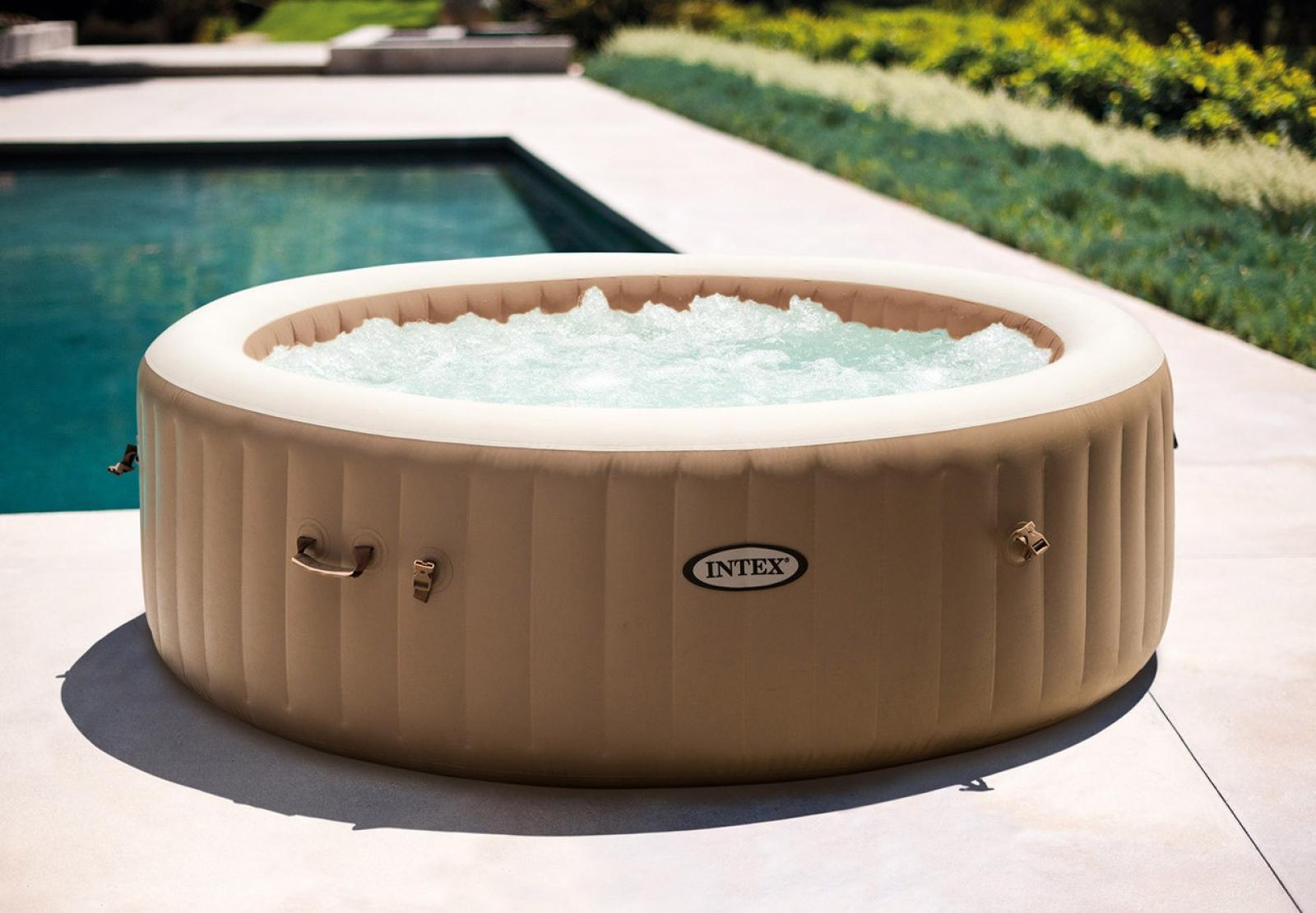

Pool & Spa Care
How Many Gallons Of Water In An Inflatable Hot Tub
Modified: January 3, 2024
Discover the water capacity of inflatable hot tubs and essential pool and spa care tips. Learn how to maintain your inflatable hot tub efficiently.
(Many of the links in this article redirect to a specific reviewed product. Your purchase of these products through affiliate links helps to generate commission for Storables.com, at no extra cost. Learn more)
Introduction
So, you've just purchased an inflatable hot tub and you're eager to set it up for a relaxing soak. Before you can plunge into the warm, soothing waters, it's crucial to understand the water capacity of your inflatable hot tub. Knowing the precise volume of water required not only ensures an optimal soaking experience but also helps in maintaining water chemistry and temperature. In this comprehensive guide, we'll delve into the intricacies of determining the water capacity of inflatable hot tubs and explore essential tips for water conservation. Whether you're a first-time hot tub owner or a seasoned enthusiast, this article will equip you with the knowledge to make the most of your inflatable hot tub while minimizing water usage. Let's dive in and unravel the mysteries of inflatable hot tub water capacity!
Key Takeaways:
- Calculate the water capacity of your inflatable hot tub by measuring its dimensions and using simple formulas. This helps ensure the right amount of water for a perfect soaking experience.
- Save water in your inflatable hot tub by maintaining it regularly, using a cover, and practicing responsible usage. These simple steps promote sustainability and environmental stewardship.
Read more: How Many Gallons Of Water In My Hot Tub
Understanding Inflatable Hot Tubs
Inflatable hot tubs, also known as portable hot tubs, offer a convenient and affordable way to enjoy the luxury of a spa experience in the comfort of your own backyard. These portable marvels are typically made from durable, puncture-resistant materials such as PVC or vinyl, allowing for easy setup and maintenance. Unlike traditional hot tubs, inflatable models are lightweight and can be deflated for storage or transport, making them an attractive option for renters or those with limited outdoor space.
Most inflatable hot tubs feature a simple yet efficient design, comprising an inflatable outer wall, a built-in heater, a filtration system, and bubble jets for a relaxing massage experience. The ease of installation and portability make them an increasingly popular choice for individuals seeking a temporary or semi-permanent spa solution.
When it comes to water capacity, inflatable hot tubs vary widely depending on their dimensions and depth. Understanding the specific water requirements of your inflatable hot tub is essential for maintaining the correct water chemistry and ensuring an enjoyable and safe soaking experience. In the next section, we will explore the methods for calculating the water capacity of your inflatable hot tub, empowering you to make informed decisions regarding water usage and maintenance.
Calculating Water Capacity
Calculating the water capacity of your inflatable hot tub is a straightforward process that involves basic mathematical formulas. The most common method for determining water capacity is by measuring the dimensions of the tub and applying the appropriate formula based on its shape.
For a rectangular or square inflatable hot tub, you can use the formula:
Volume = Length x Width x Depth
Measure the interior length, width, and depth of the hot tub in feet, and then multiply these dimensions together to obtain the total volume in cubic feet. To convert the volume to gallons, simply multiply the cubic feet by 7.48, as there are 7.48 gallons in a cubic foot.
If your inflatable hot tub has a circular shape, the formula for calculating the volume is:
Volume = π x (Radius x Radius) x Depth
Measure the interior radius and depth of the tub in feet, and then apply the formula to determine the volume in cubic feet. Once again, multiply the volume by 7.48 to obtain the volume in gallons.
Many inflatable hot tub manufacturers provide the water capacity of their models in gallons, offering a convenient reference for owners. However, if this information is not readily available, or if you wish to verify the accuracy of the provided capacity, measuring and calculating the volume using the above methods is a reliable approach.
By accurately determining the water capacity of your inflatable hot tub, you can ensure that you add the correct amount of water for optimal performance and enjoyment. In the following section, we will explore the factors that can affect the water capacity of your hot tub, shedding light on additional considerations for maintaining your spa oasis.
To find out how many gallons of water your inflatable hot tub holds, you can usually check the product manual or the manufacturer’s website. If you can’t find the information there, you can calculate it by measuring the length, width, and depth of the tub and using a formula to find the volume.
Factors Affecting Water Capacity
Several factors can influence the water capacity of an inflatable hot tub, impacting the volume of water required for filling and the overall soaking experience. Understanding these factors is essential for efficient water management and the optimal functioning of your hot tub.
- Tub Dimensions: The size and shape of your inflatable hot tub play a significant role in determining its water capacity. Larger tubs with greater depth will naturally require more water to fill, while smaller models will have a lower water capacity. Be sure to refer to the manufacturer’s specifications for the precise dimensions and recommended water capacity of your hot tub.
- Seating Capacity: The number of occupants your hot tub is designed to accommodate can affect its water capacity. Hot tubs with higher seating capacities will require a larger volume of water to ensure adequate coverage and immersion for all occupants.
- Overflow Prevention: To prevent water overflow when occupants enter the hot tub, it’s essential to consider the displacement of water. When individuals enter the tub, the water level naturally rises, requiring additional space to accommodate this displacement. Factoring in this overflow prevention ensures that the hot tub can comfortably accommodate occupants without spillover.
- Massage Jets and Bubblers: Hot tubs equipped with massage jets and bubblers may require a higher water capacity to maintain optimal performance. These features necessitate a sufficient water level to ensure proper functionality and an enjoyable hydrotherapy experience.
- Temperature Regulation: Maintaining the desired water temperature in your hot tub may affect its water capacity. Warmer water tends to expand, potentially requiring a slightly higher volume to achieve the desired temperature and accommodate any thermal expansion.
By considering these factors, hot tub owners can make informed decisions regarding water usage, maintenance, and the overall enjoyment of their spa. In the next section, we will explore essential tips for conserving water in inflatable hot tubs, promoting sustainability and responsible resource management.
Tips for Water Conservation
Conserving water in your inflatable hot tub not only promotes environmental sustainability but also helps minimize water usage and associated costs. By implementing practical strategies for water conservation, hot tub owners can enjoy their spa while being mindful of their environmental impact. Here are some valuable tips for conserving water in your inflatable hot tub:
- Regular Maintenance: Keeping your hot tub well-maintained is crucial for water conservation. Regularly cleaning the filtration system, ensuring proper chemical balance, and promptly addressing any leaks or issues can help prevent unnecessary water loss and maintain water clarity.
- Optimal Filling Level: Be mindful of the recommended filling level for your hot tub. Avoid overfilling, as this not only wastes water but can also lead to excessive splashing and water displacement during use.
- Cover Usage: Utilize a high-quality insulating cover when the hot tub is not in use. A well-fitted cover helps minimize water evaporation, reduces heat loss, and prevents debris from entering the water, ultimately conserving water and energy.
- Regular Inspections: Periodically inspect the hot tub for any signs of leaks or damage. Addressing issues promptly can prevent water loss and potential structural damage, promoting water conservation and prolonging the lifespan of the hot tub.
- Proper Chemical Balance: Maintaining the correct chemical balance in the water not only ensures a safe and enjoyable soaking experience but also helps preserve water quality. Balanced water is less prone to issues that may necessitate draining and refilling the hot tub prematurely.
- Responsible Usage: Encourage responsible hot tub usage among occupants. Minimizing splashing, avoiding unnecessary water disturbances, and adhering to recommended usage guidelines can contribute to water conservation and the longevity of the water in the hot tub.
By incorporating these water conservation practices into your hot tub maintenance routine, you can enjoy the therapeutic benefits of your spa while minimizing water consumption and environmental impact. With a proactive approach to water conservation, hot tub owners can contribute to sustainable water management and responsible resource utilization.
Read more: How Many Gallons Are In A Hot Tub
Conclusion
Understanding the water capacity of your inflatable hot tub is essential for achieving an optimal soaking experience while maintaining responsible water usage. By calculating the precise volume of water required and considering the factors that influence water capacity, hot tub owners can make informed decisions regarding filling, maintenance, and water conservation. Additionally, implementing practical tips for water conservation can promote sustainability and efficient resource management, ensuring that you can enjoy your spa while minimizing environmental impact.
Whether you’re unwinding after a long day or hosting a relaxing gathering, your inflatable hot tub can provide a rejuvenating oasis in your own backyard. By embracing water conservation practices, such as regular maintenance, cover usage, and responsible water management, you can enhance the longevity of your hot tub and contribute to sustainable water usage.
As you embark on your inflatable hot tub ownership journey, remember that a mindful approach to water capacity and conservation can elevate your spa experience while aligning with eco-friendly principles. By valuing water as a precious resource and implementing practical strategies for conservation, you can savor the therapeutic benefits of your hot tub with a clear conscience, knowing that you’re contributing to a sustainable and responsible approach to water usage.
So go ahead, immerse yourself in the warm, tranquil waters of your inflatable hot tub, knowing that you’ve mastered the art of water capacity and conservation, enriching your relaxation and promoting environmental stewardship.
Frequently Asked Questions about How Many Gallons Of Water In An Inflatable Hot Tub
Was this page helpful?
At Storables.com, we guarantee accurate and reliable information. Our content, validated by Expert Board Contributors, is crafted following stringent Editorial Policies. We're committed to providing you with well-researched, expert-backed insights for all your informational needs.
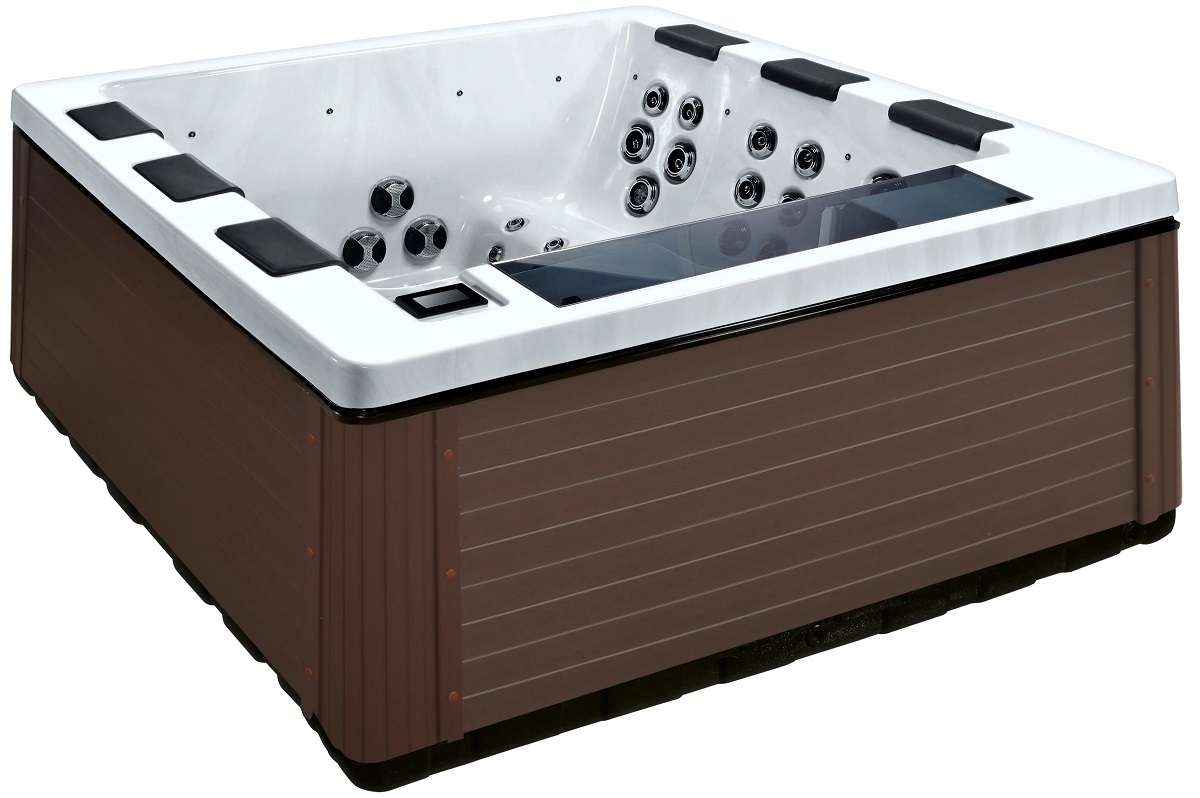
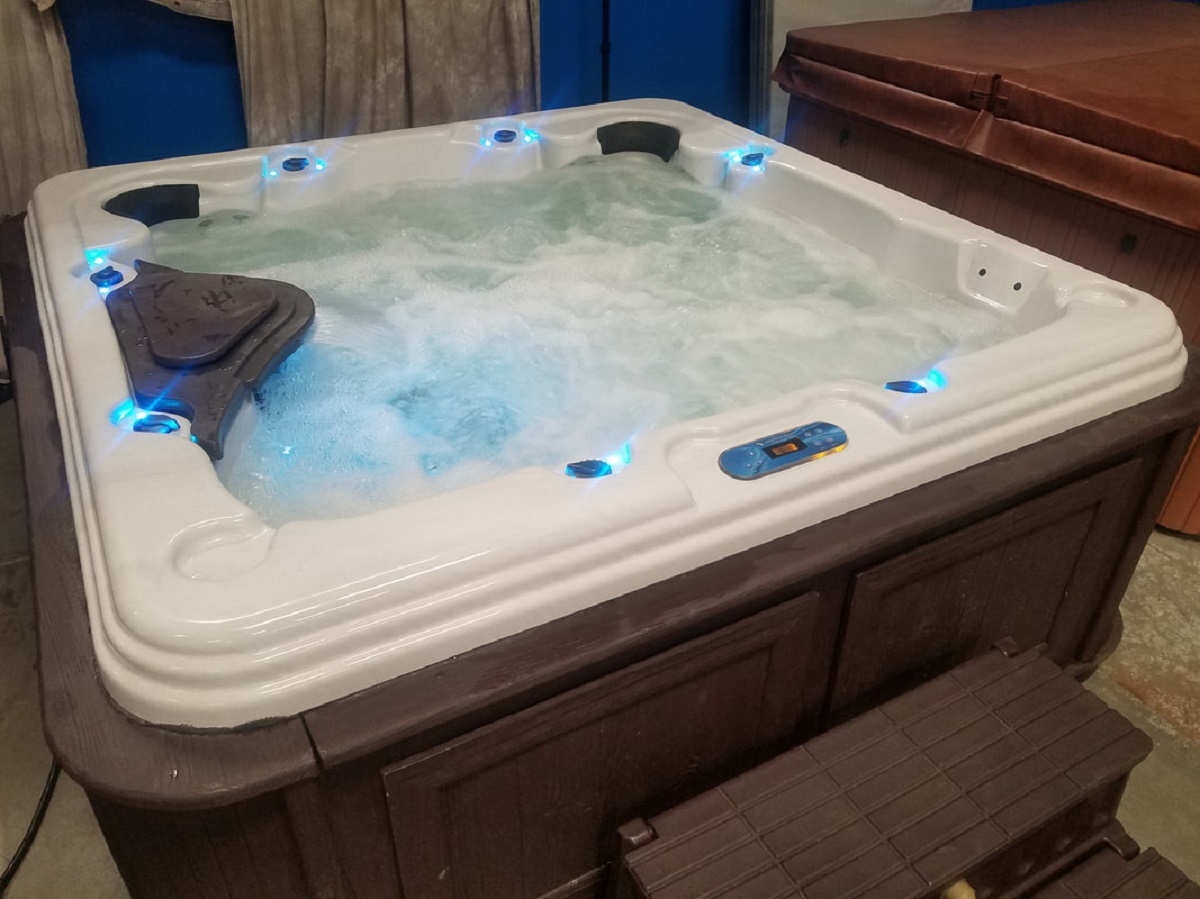
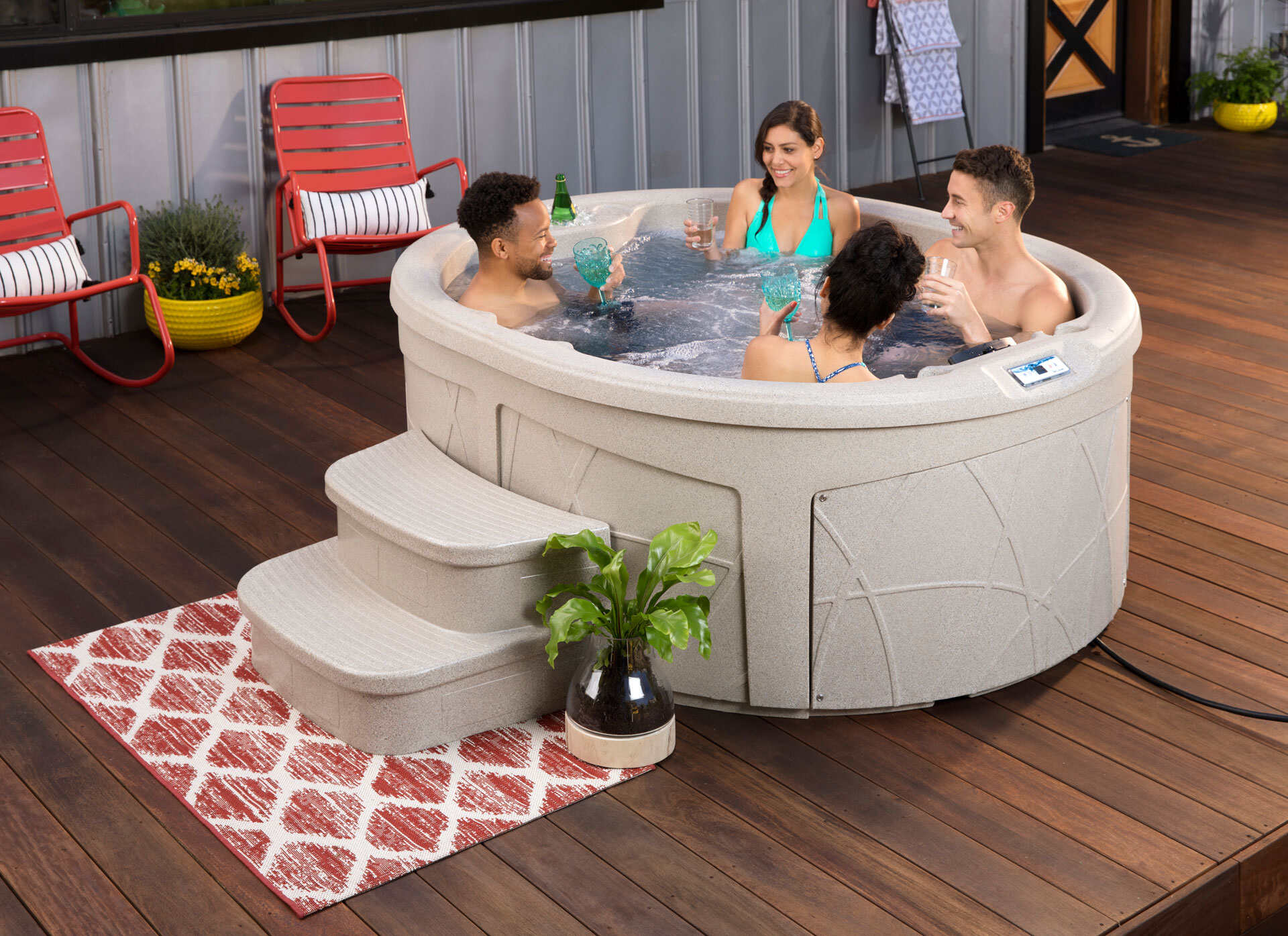
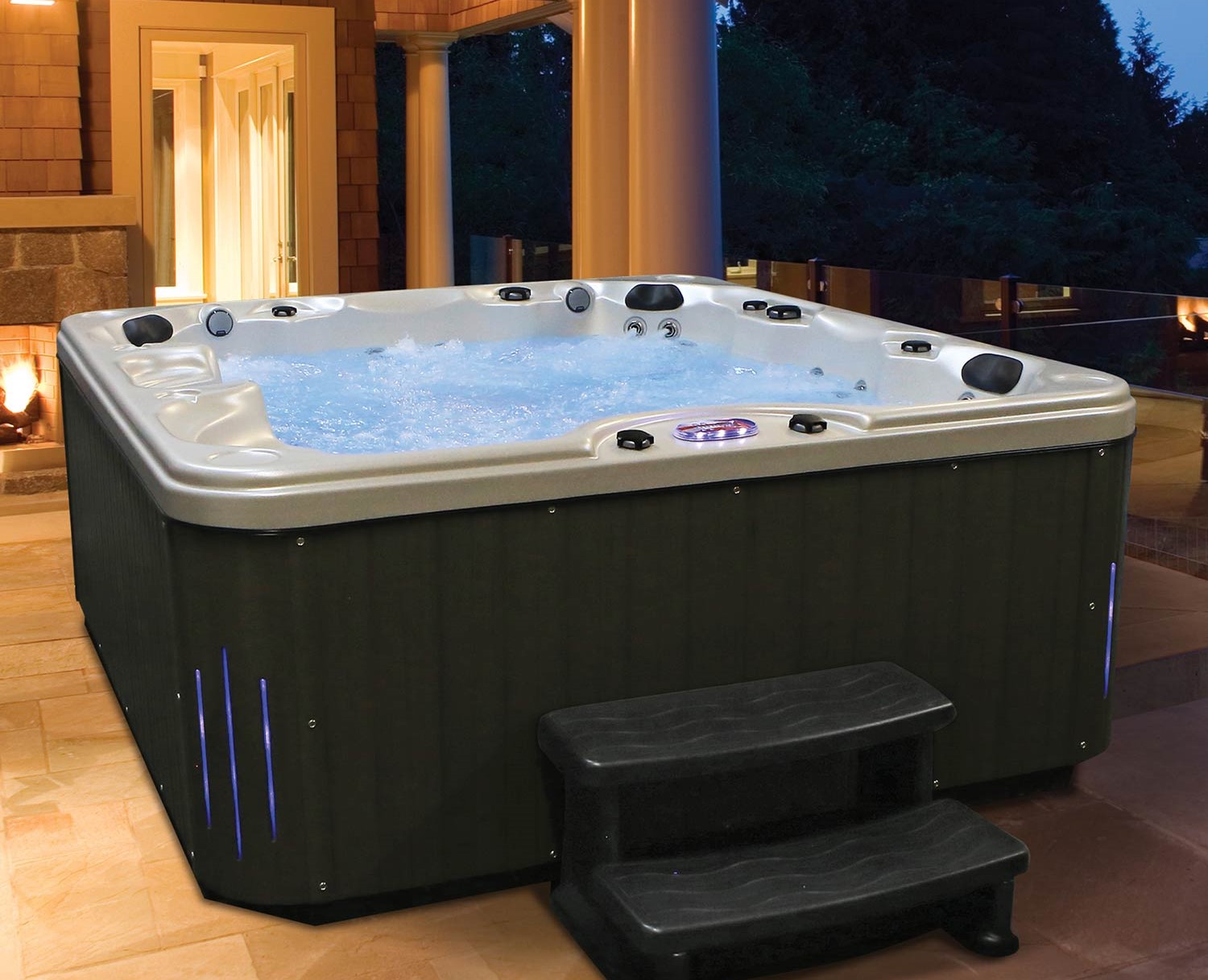
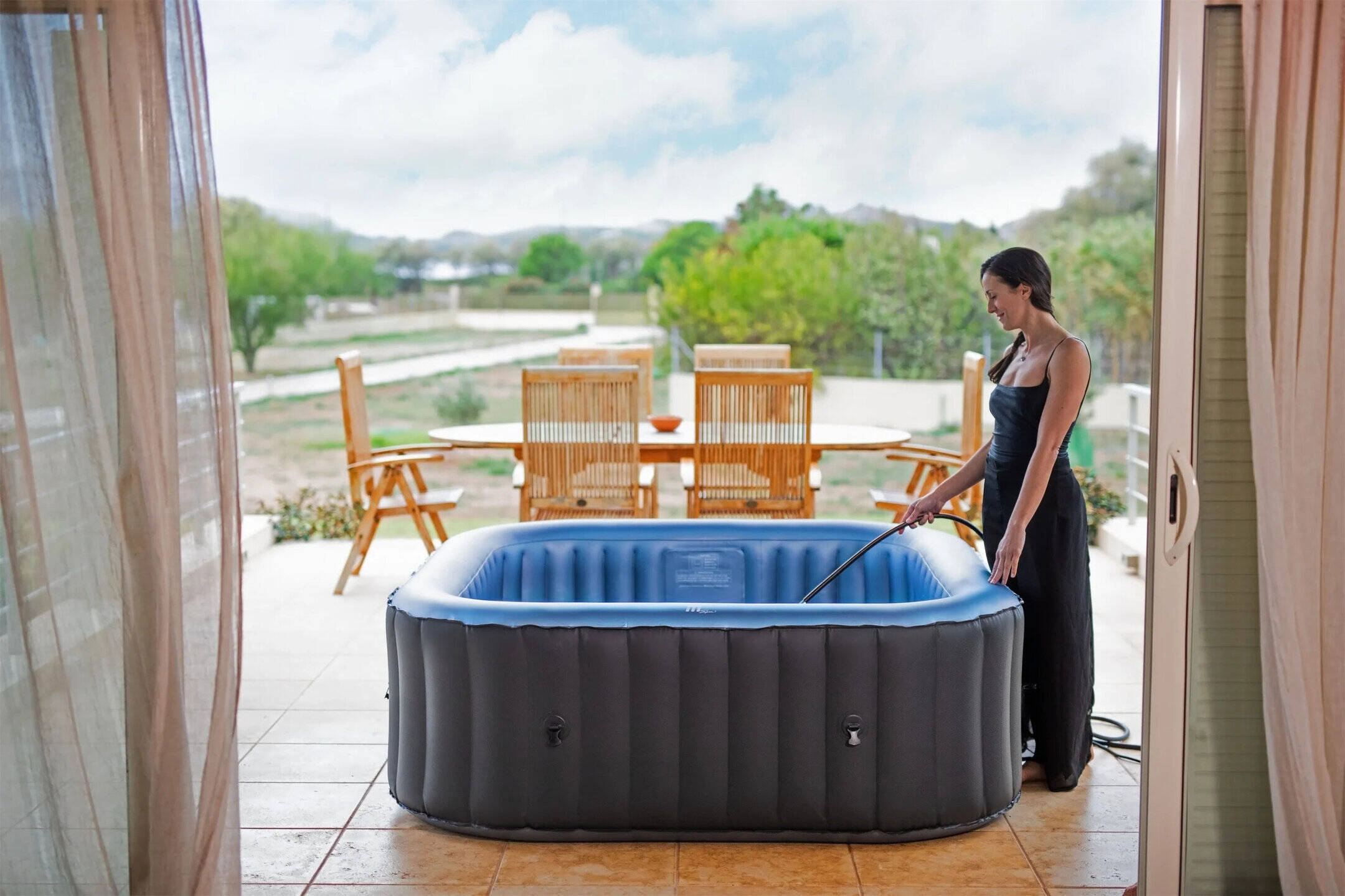
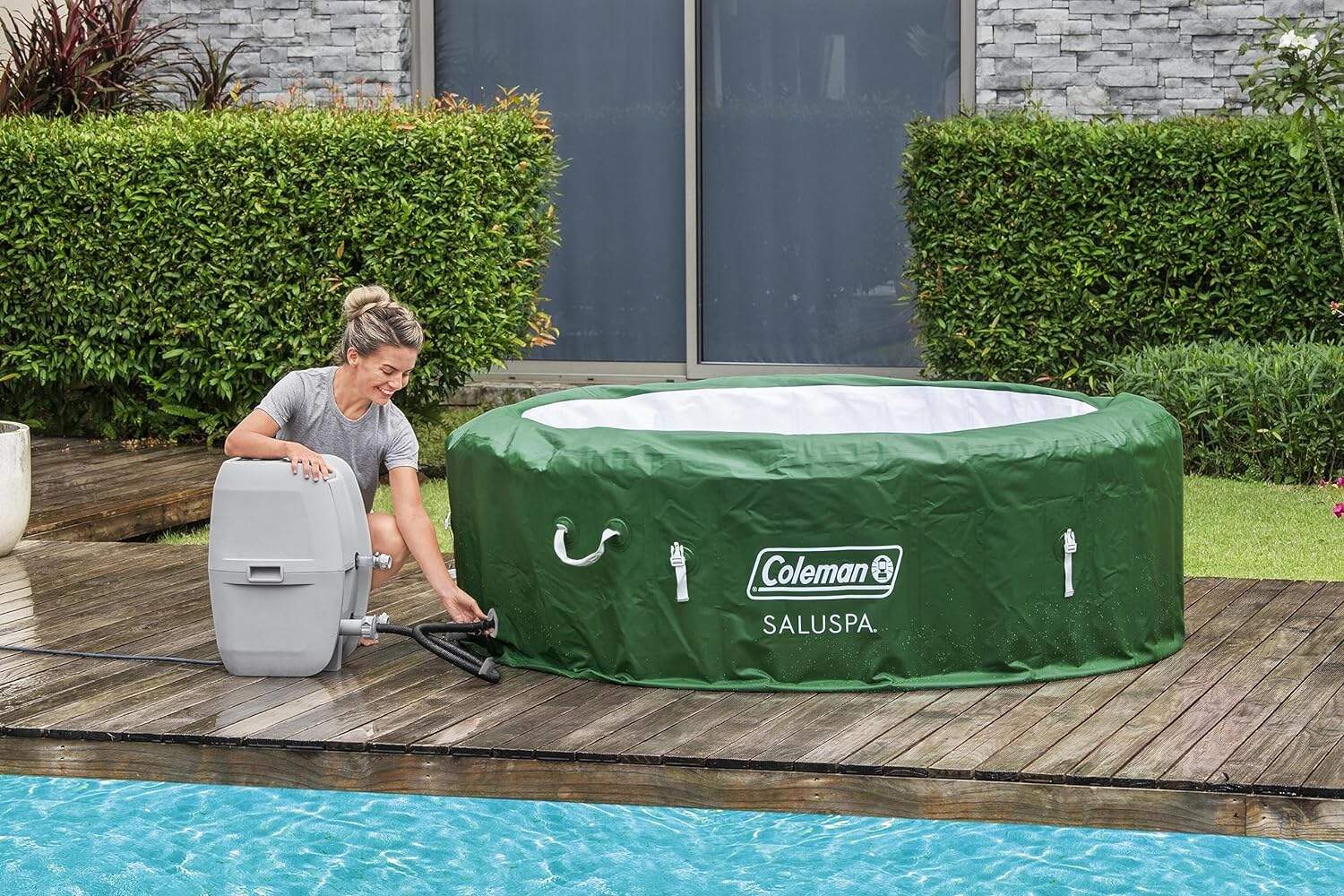
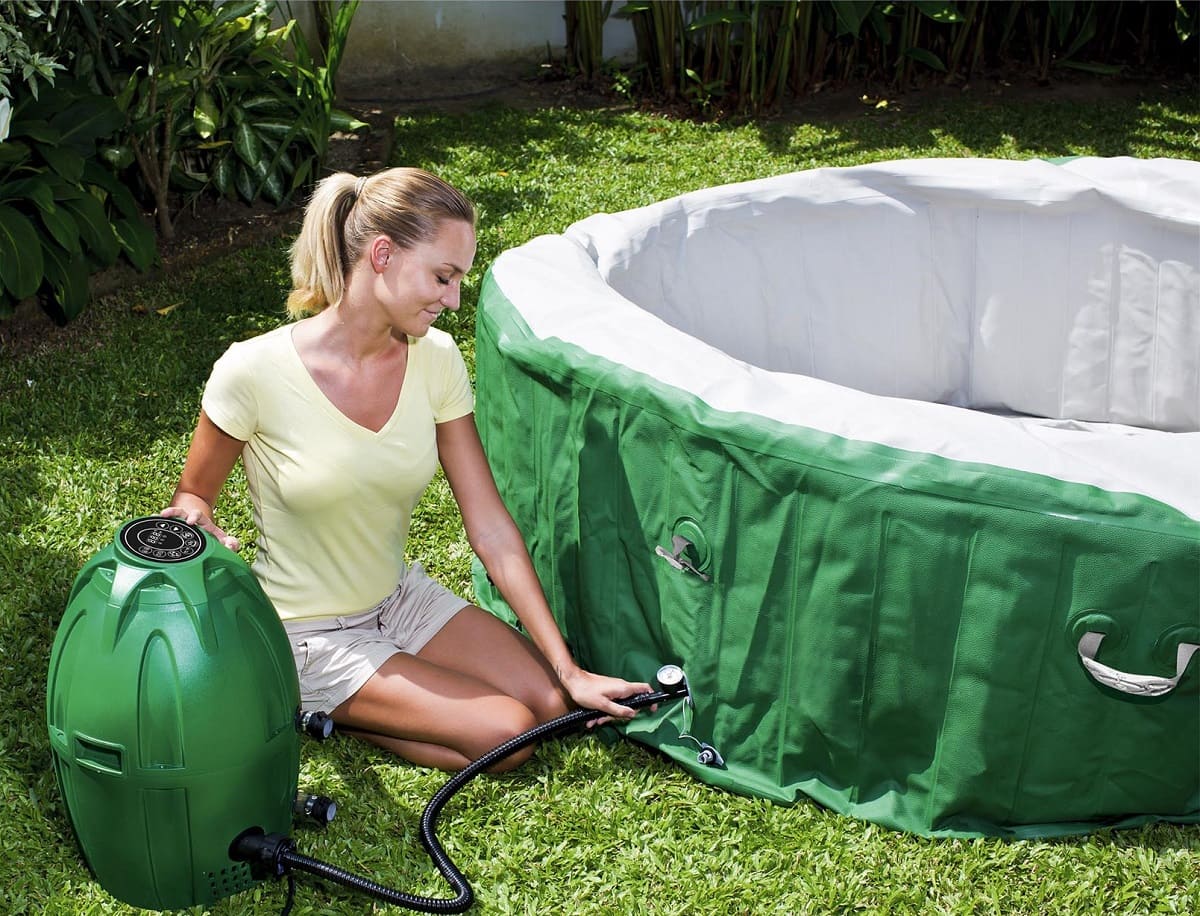
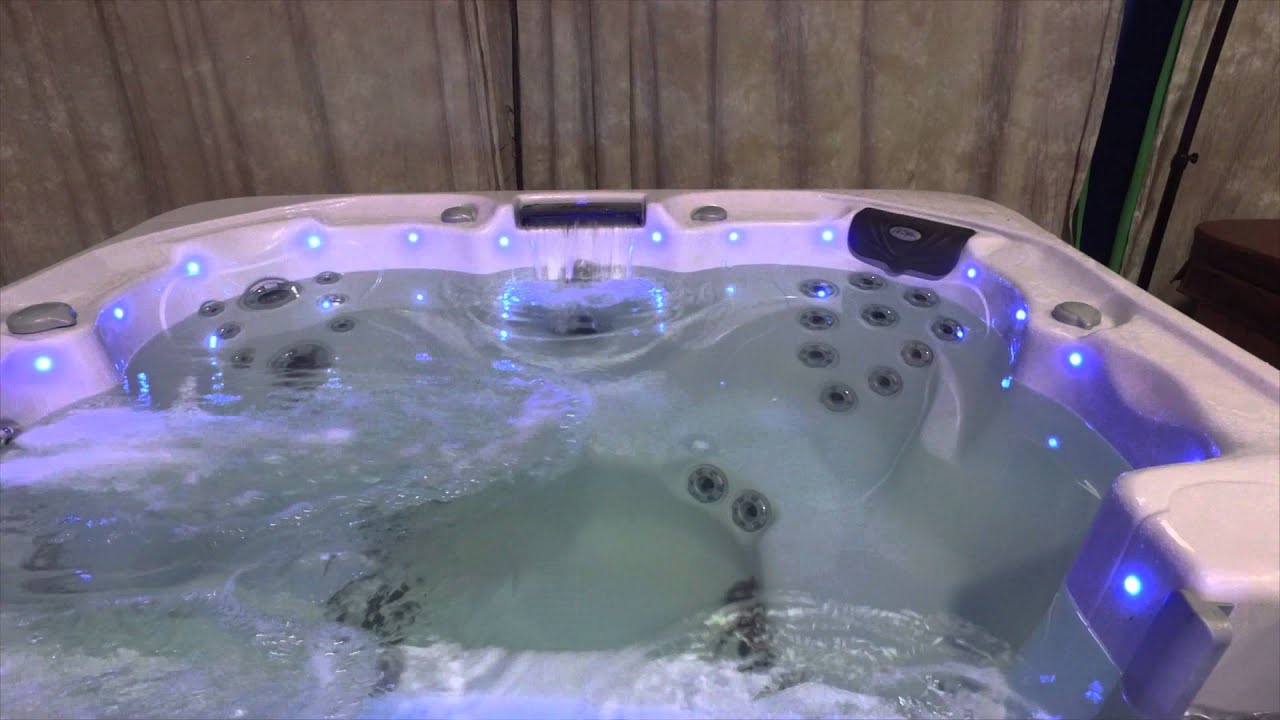
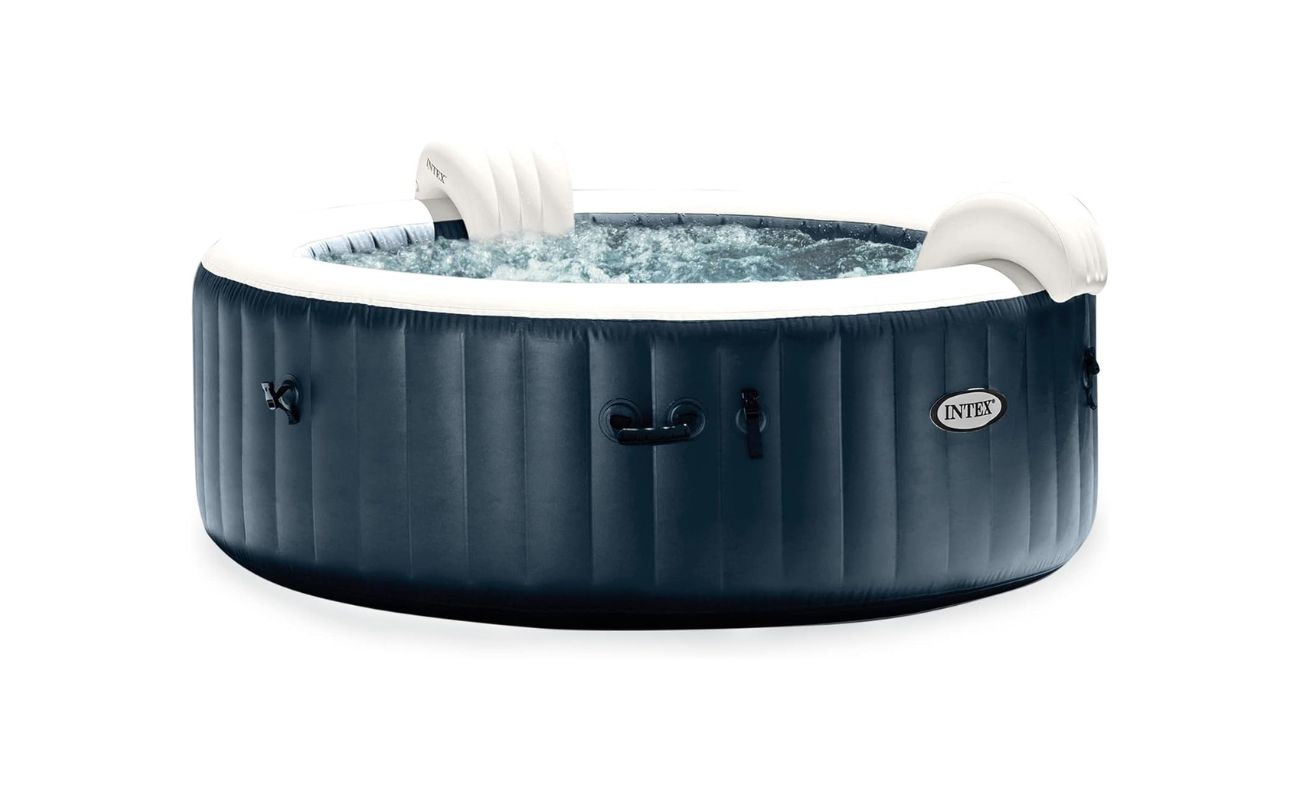
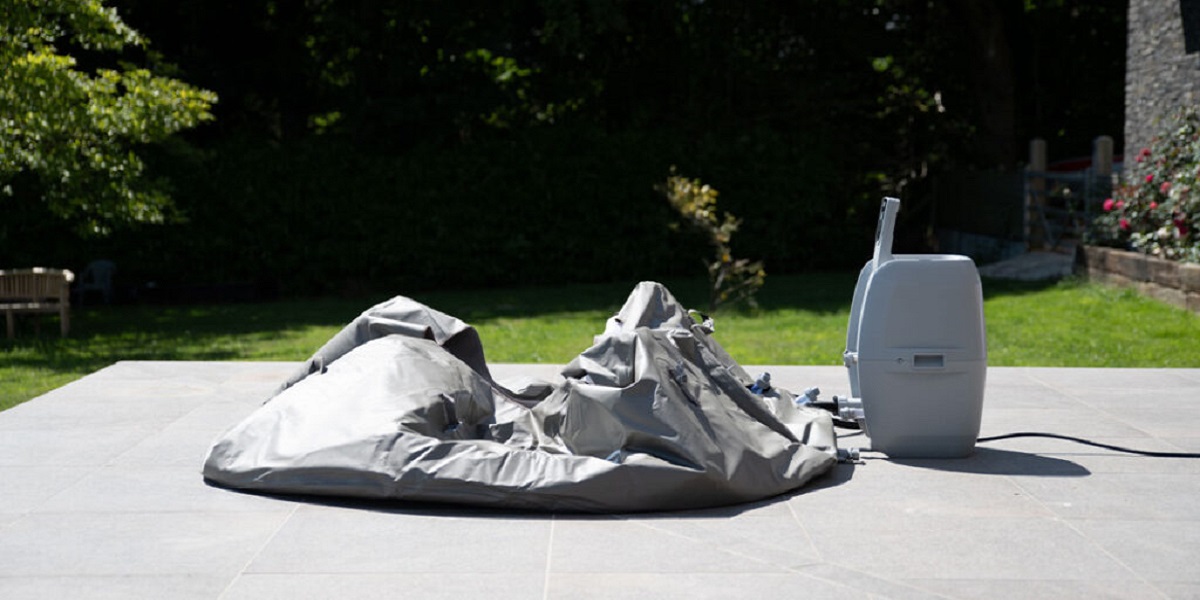
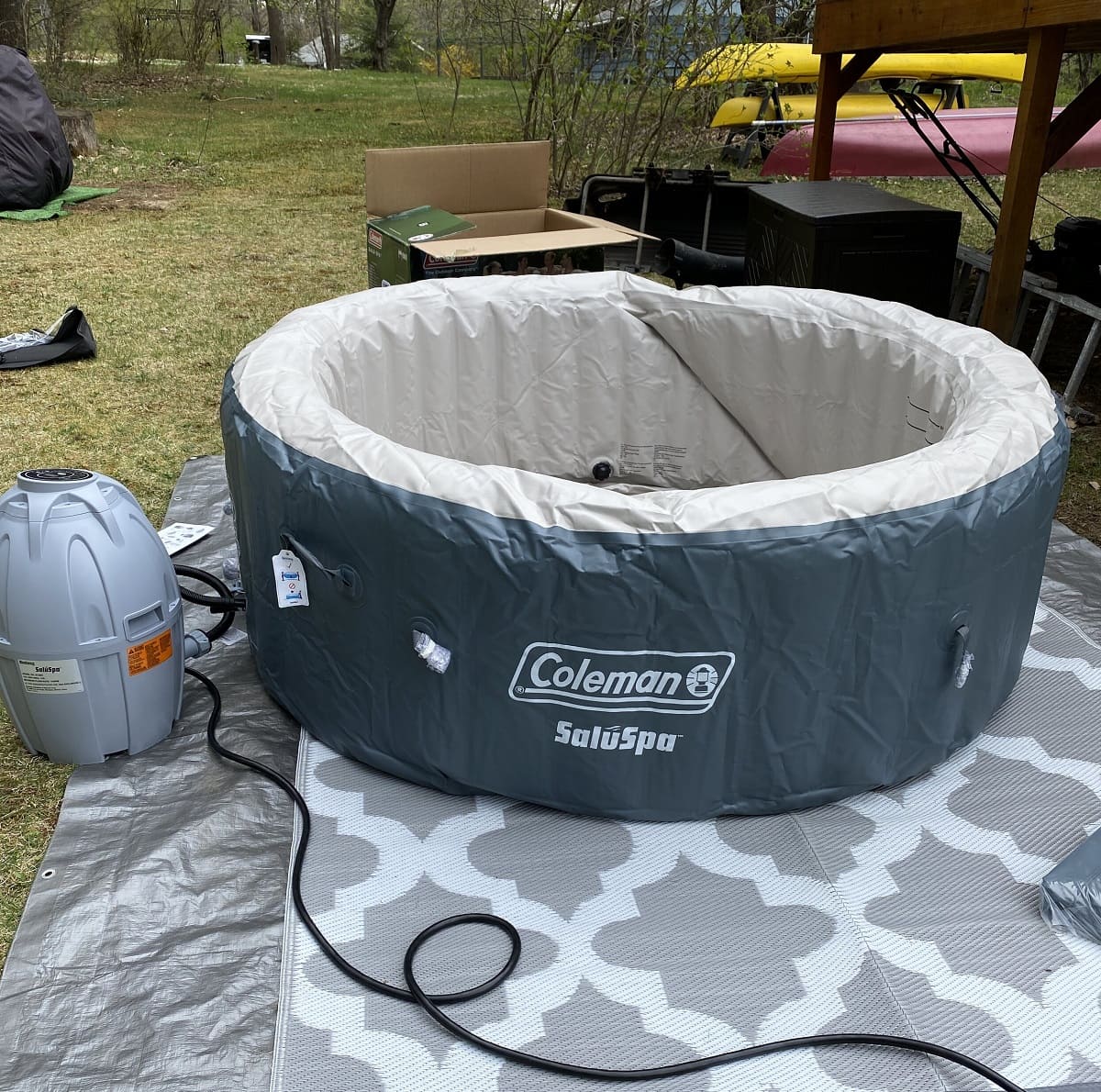
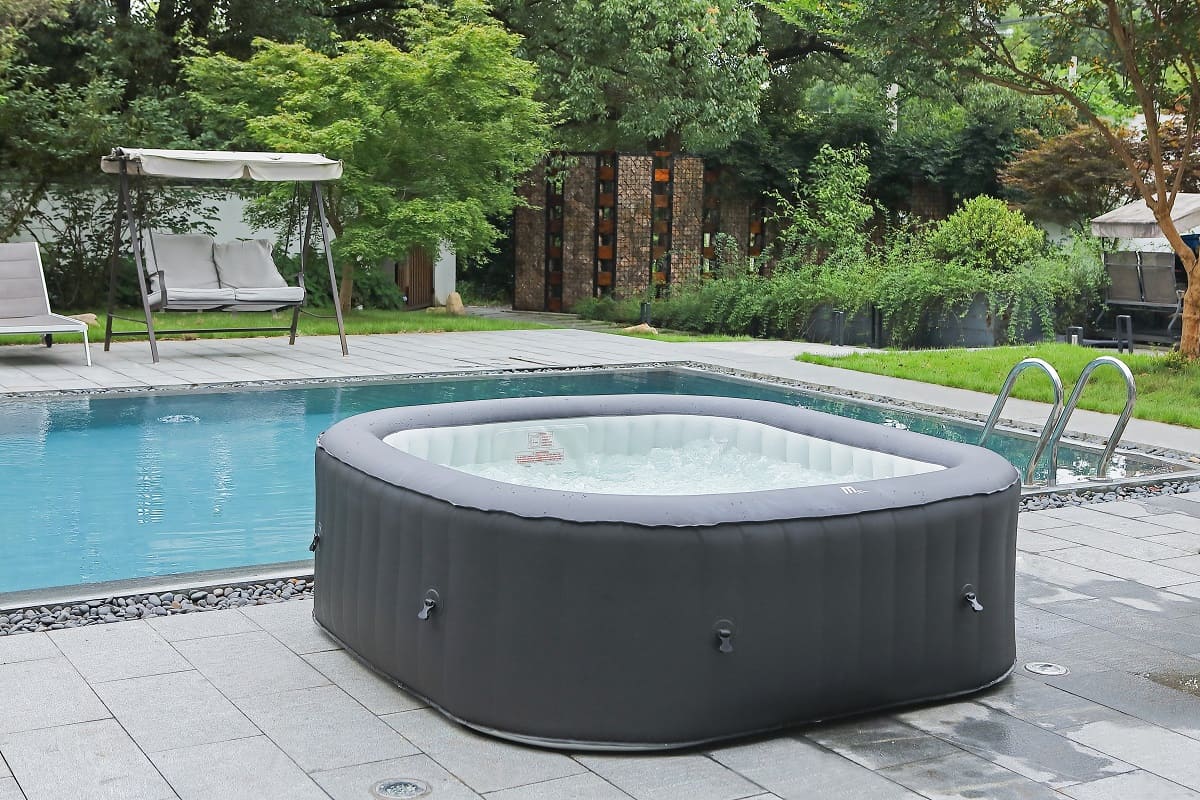
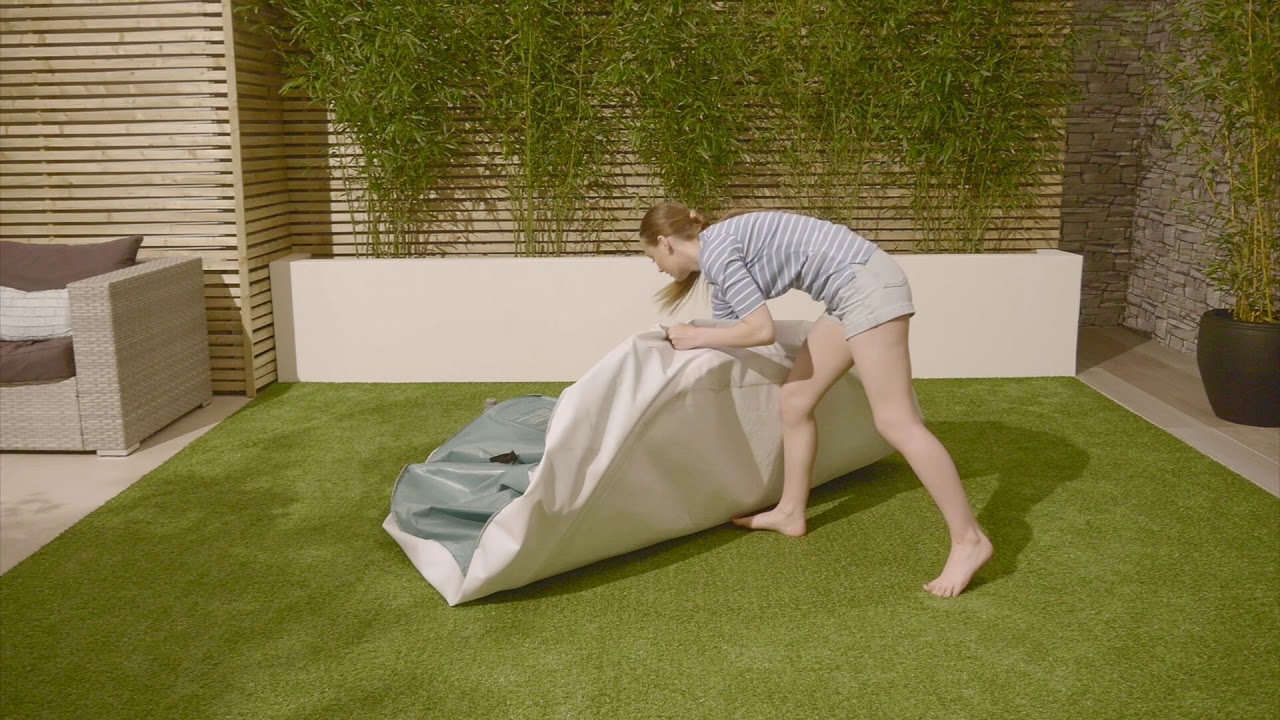
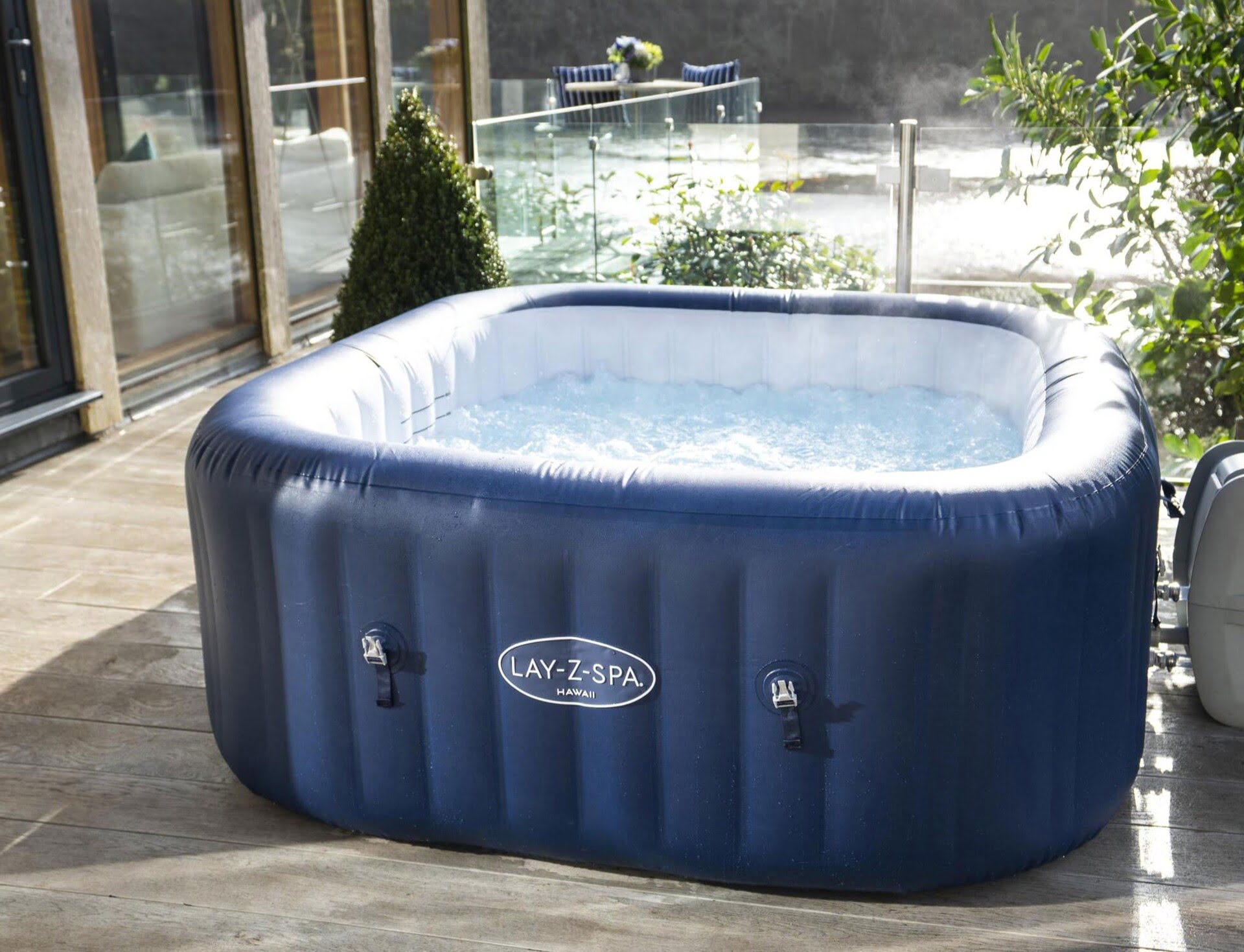

0 thoughts on “How Many Gallons Of Water In An Inflatable Hot Tub”